When man and machine team up to save lives.
Among physicians, the radiologist is the one who uses technology the most.
Because of this, radiology is a discipline always “in the making.”
Historically, it was also one of the first hospital branches to be equipped with computer systems to manage images and clinical data.
One of the greatest and most serious misconceptions in modern medicine lies in the widespread assumption that the radiologist is not a physician in the true sense of the word.
This impression, as common as it is absolutely wrong, stems precisely from the close dependence of radiodiagnostics on machines and technology: the fact that the radiologist has to deal with equipment and images makes him or her seem “distant” from the patient in the flesh and blood and even disinterested in his or her bodily condition.
Nothing could be more untrue: radiology has as its fundamental concern the cost-benefit ratio for the patient, so “wisdom” and “common sense” are indispensable gifts for a good radiologist.
Moreover, radiology depends as much on the equipment as on the physician’s interpretive and communicative skills, that is, the ability to extract from what are merely images, clear and comprehensible information for proper diagnosis and related treatment.
RADIOLOGIST IN DIAGNOSTIC, CLINICAL, AND THERAPEUTIC PATHWAYS?
The radiologist’s task is to answer a precise diagnostic question, posed by a general practitioner or a specialist in the surgical or medical branch.
The radiologist intervenes to answer that question by advancing diagnostic hypotheses.
Based on the hypothesis deemed most likely, he decides on the most appropriate investigation, evaluating the best cost-benefit ratio.
Having carried out the investigation and found the answers, the appropriate course of treatment is followed.
BY WHAT DO YOU RECOGNIZE A GOOD RADIOLOGIST?
In my view, a good radiologist is that clinician who, in addition to being able to establish a trusting relationship with his or her patients, is able to express often complex pathological concepts in simple words.
WHAT IS THE MOST MISUNDERSTOOD OR UNDERESTIMATED ASPECT OF RADIOLOGY IN COMMON PERCEPTION?
First of all, I notice a general mistrust of radiologists: often his role is underestimated to such an extent that the patient is not guided by the advice on the most appropriate diagnostic procedure suggested to him by the radiologist and tends to propose himself the investigations to be performed, usually because he is misled and misdirected by friends/acquaintances or by the news present on the net.
In addition, many patients complain that they cannot identify the figure of the radiologist and confuse him with the medical radiology medical technician (TSRM).
Although the two professionals work closely together, they are very different in their tasks and training and have specific functions.
The TSRM is not a physician (as is the radiologist).
He or she has a predominantly executive and procedural role, that is, to guide the patient and the equipment for the proper conduct of the diagnostic examination so that the image that is formed on the medium has the best possible clarity.
WHAT IS A RADIOLOGIST’S “MISSION” OR GREATEST CONCERN?
The radiologist’s role is primarily diagnostic.
His or her goal is to make the best diagnosis with the most appropriate technique to target the most appropriate therapy to alleviate the patient’s suffering.
Hence misdiagnosis or misdiagnosis is the major concern, especially in the areas where radiology assumes a major role, namely the surgical branches and medical oncology.
WHAT IS THE MOST IMPORTANT TALENT OR ATTITUDE OF A RADIOLOGIST?
It is essential to have as broad a background of medical and surgical knowledge as possible.
This background of knowledge and experience must be applied to the patient’s particular situation, which is given by the clinical history (the totality of information about his or her case) and the images obtained by radiodiagnostic techniques.
WHAT HAS CHANGED FROM 10 AGO AND WHAT ARE THE RECENT ACHIEVEMENTS IN DIAGNOSTIC IMAGING?
DOES TECHNOLOGY TODAY ALLOW FOR GREATER ACCURACY?
In the field of radiology, technical-diagnostic evolution is a raging river: compared with a decade ago, for example, the images obtained from various techniques are increasingly accurate and the diagnoses increasingly early.
In particular, radiology, compared with the past, no longer has only diagnostic potential but has gained excellent therapeutic possibilities.
Radiology today not only tells what the disorder or abnormality is, but also offers curative solutions.
Think of all the emergency treatments for ruptured aneurysms (cerebral/thoracic/abdominal) that save the patient’s life.
IN YOUR WORK, HOW MUCH DO YOU DEPEND ON MACHINES AND HOW MUCH ON THE PEOPLE WHO USE THEM?
Technological innovation and the continuous replacement of various equipment are fundamental to the work of the radiologist; on the other hand, the radiologist physician relies on the collaboration of the TSRM (Medical Radiology Medical Technician), who must always be up-to-date so that the best results are obtained from the machines, using the least amount of ionizing radiation (for X-ray and CT examinations).
Furthermore, it goes without saying how much the physician’s interpretive skills are necessary for the purpose of accurate diagnosis and how, in this sense, machines are “only” tools in the hands of medical expertise.
MANY PEOPLE ARE AFRAID TO UNDERGO RADIOLOGICAL EXAMINATIONS BECAUSE OF RADIATION.
ARE THESE FEARS WELL-FOUNDED?
Ionizing radiation causes stochastic DNA damage, especially in the case of examinations repeated several times over time; besides, as I mentioned earlier it is precisely the radiologist’s main task to assess the best risk-benefit ratio and to recommend the most appropriate and least harmful investigation.
In fact, the radiologist is required to observe the ethical principles of justification (the patient’s exposure to ionizing radiation should be spared, when possible ) and optimization (the amount of radiation administered should be the least amount sufficient to ensure a valid result).
HOW IMPORTANT IS THE RELATIONSHIP WITH THE PATIENT AND HIS COOPERATION?
As in all disciplines of medicine, it is essential that a good relationship of trust be established between the radiologist and the patient.
The diagnostic potential of the images obtained depends on the proper preparation of the patient and his cooperation during the acquisition of the examination (the famous “Stop not breathe!” that characterizes the radiologist in the collective imagination). Learn about all of our diagnostic imaging services.






0 Comments